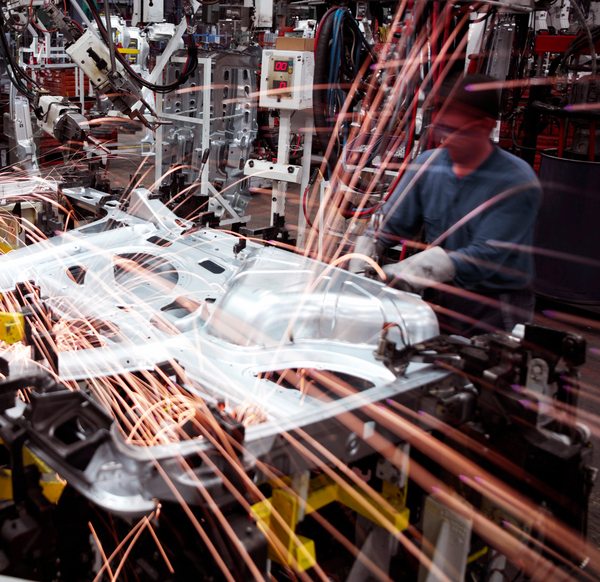4 Ways to Improve Robotic Welding Performance

Robotic welding has the potential to bring major productivity gains to just about any manufacturing operation – large or small, high or low volume. However, robotic welding is often a major investment. In order for a manufacturer to achieve return on investment (ROI) in a timely manner, robotic welding equipment has to be running at peak performance.
How can you make sure robotic welding performance is at its peak? How can you set yourself up for success and quickly realized ROI?
Maximizing Robotic Welding Performance
There are 4 major ways to ensure you’re getting the most out of your robotic welding systems over the lifetime of the equipment.
1. Proper Robot Maintenance Schedules
It’s best to be proactive regarding robot maintenance, or at least strictly adhere to a regular maintenance schedule. Keeping a robot in immaculate condition helps it remain accurate and repeatable over its lifetime – improving your weld quality and throughput.
2. Ensure You’re Using the Best Wires, Consumables and Guns
Depending on the type of robotic welding you’re doing, the wires, consumables, contact tips, guns and other peripherals will impact welding performance. Tiny variations in wire feeding, for example, can lead to poor weld quality. The best robotic welding equipment minimizes unscheduled downtime for your system.
3. Ongoing Training
Experienced welders make the best robotic welding operators, but even they will still need ongoing training to keep up with maintenance, troubleshooting and operational best practices. The technology is always changing and operators have to keep up.
4. Capture Welding Data
The Industrial Internet of Things now allows you to capture and monitor robotic welding data. This data can reveal inefficiencies in the welding process that wouldn’t ever be possible to detect otherwise. Operators, engineers, managers and executives can see data as granular defects on an individual weld, while also taking an operation-wide view of the data to determine overall efficiency.
If you’re following proper robot maintenance schedules, using the best robotic welding equipment, providing ongoing training to operators, and capturing as much weld data as possible, your robotic welding system will likely be operating at peak performance.
Robotic welding can potentially provide transformative productivity gains, but only if systems are operating as efficiently as possible. There are a number of things you can do to improve robotic welding productivity, but the few mentioned above will have a dramatic impact.
If you’re trying to improve robotic welding performance, see how Genesis Systems Group is uniquely positioned to provide ROI on robotic welding.
Posted in Robotic Welding
